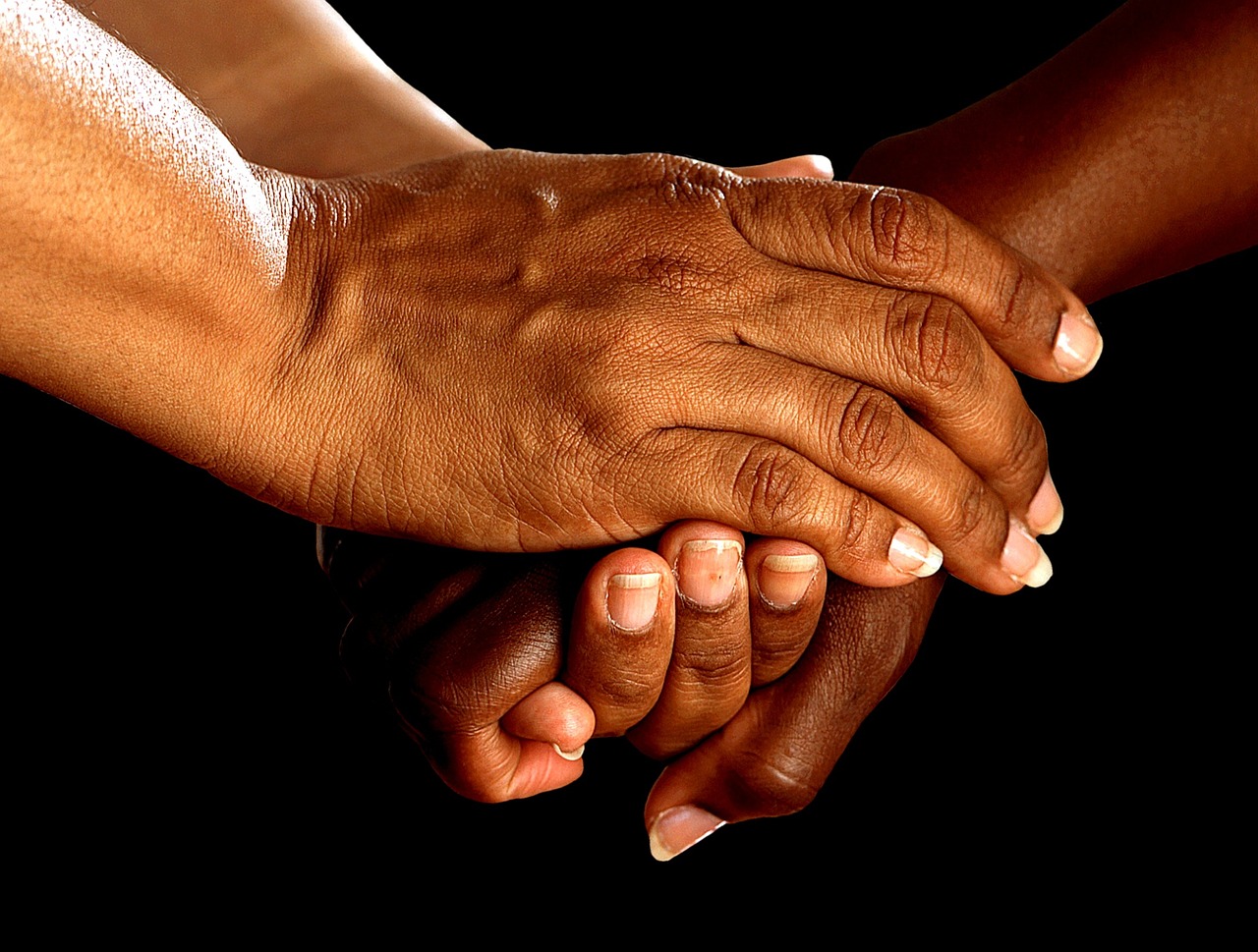Research shows that many women who have abortions do so due to a lack of support and financial insecurity, not because they want to end their pregnancies. Beyond the usual Right to Choose and Right to Life positions, what women truly need is a guaranteed Right to Support. By focusing on providing help and resources, both sides can unite around justice and dignity for women facing difficult pregnancies.
In yesterday’s article, I referenced the 2023 research report titled “The Effects of Abortion Decision Rightness and Decision Type on Women’s Satisfaction and Mental Health.”
This study involved a retrospective survey of 1,000 women, 226 of whom reported having had an abortion at some point.
Regardless of where you stand—whether you’re in the Right to Life or Right to Choosecamp—I encourage you to read the report carefully. It offers an eye-opening look into what women are thinking and feeling during the deeply personal and often difficult experience of an unexpected pregnancy.
You can find the full report here: https://pubmed.ncbi.nlm.nih.gov/37303450/
As I mentioned yesterday, the report notes in its summary that “60% of the women reported that they would have preferred to give birth if they had received more support from others or had more financial security.”
Another revealing part of the study comes from how the 226 women responded when asked about their experience with abortion, specifically whether:
-
- They wanted the abortion
- They accepted the abortion but found it inconsistent with their values and preferences
- They didn’t want the abortion or felt coerced into it
Here’s how the responses broke down:
-
- Abortion wanted: 33%
- Abortion accepted but inconsistent with values/preferences: 43%
- Abortion unwanted or coerced: 24%
Today, I want to focus on that third group—the 24% who said their abortion was either unwanted or coerced.
If we assume that approximately one million abortions occur each year in the U.S., this means that roughly 240,000 women annually fall into the category of having abortions they didn’t truly want or felt pressured into.
No matter your stance on Right to Choose or Right to Life, can we agree that this is a deeply troubling figure?
Returning to the graph I shared yesterday, which showed that 83% of Americans support the work of pregnancy resource centers, I think it’s fair to assume that even most of the Americans who oppose these centers don’t want to see women undergoing abortions they do not want.

If someone did support forcing these 240,000 women into abortion, I’d feel confident in calling such a position barbaric.
But I’m going to go out on a limb here and assume that 99.9% of people don’t fall into that barbaric category. Most of us—across ideological divides—can agree that no woman should be pushed into an abortion she doesn’t want.
This is a matter of justice—of giving these women what is rightly theirs. And it is gravely unjust when a woman who wants to carry her pregnancy to term ends up terminating it because she sees no other viable path.
So, the question is: What can that 99.9% of us do to help?
The women themselves aren’t being mysterious about what they need. They’re telling us—plainly—that the key drivers behind their abortions are a perceived lack of support and financial insecurity.
In short, they need SUPPORT.
This is where I believe the Right to Choose and Right to Life communities can find genuine common ground—by rallying around what I call a Woman’s Right to Support.
A Woman’s Right to Support is fundamentally about justice. It’s about ensuring that women are not abandoned during one of the most critical moments in their lives.
Because support is a matter of justice that touches on the dignity and well-being of actual human lives, I believe there’s a compelling case for government involvement—to help promote the common good in this area.
More on that soon…
Regards,
Brett Attebery

